Composition can make or break any photograph. It doesn’t matter what camera, lens, or technique you’re using. If the composition isn’t able to tell a story or invoke some kind of feeling to the viewer, it cannot be considered a good photograph. Composition in landscape photography is about deciding where to place and how to present the physical structures, light, and clouds, among other things. Landscape photographer Toma Banciu shares his 9 composition tips for landscape photography in the following video:
1. Fill the Frame
Banciu shares wonderfully composed photographs with the subject placed in such a way that they immediately attract the viewer’s attention. Fill the frame so the subjects or the elements in the frame create some sort of diagonal or intersecting lines. It attracts the viewer’s eyes and leads the viewer to the main subject of your photo.
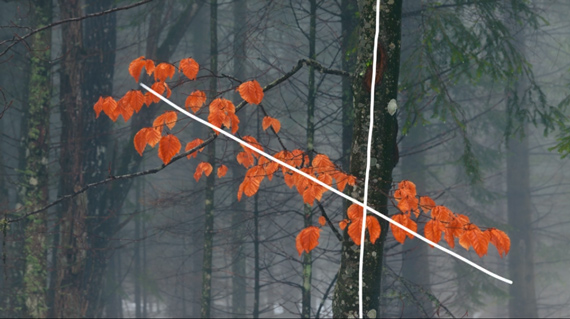
2. Place Your Subject in the Center
For situations where you want to emphasize your main subject, it’s okay not to comply with the rule of thirds and place your subject in the center. If, by placing the subject in the center, you are able to portray symmetry, then go ahead and do it.
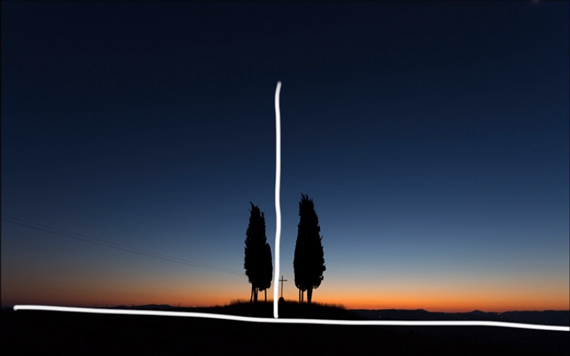
3. Keep an Eye Out for Colors and Lighting that Pop
Composing to accommodate a subject with a different color compared to its surroundings lets you can grab a hold of the viewer’s eyes immediately. The case is the same with lighting. If a small portion of a landscape is lit and other areas are in shadow, then it can turn out to be a great composition as well.
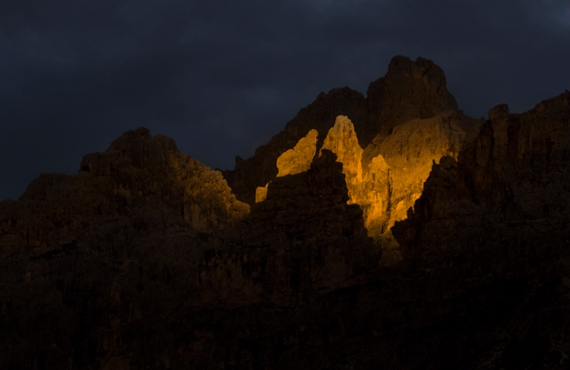
4. Use Negative Space
Negative space in photography can be used to direct the viewer’s eyes to the thing that you want to focus on. Since negative space consists of nothing, the viewer naturally moves on to the subject. Examples of negative space in landscape photography could be snow, barren land, a field, clear sky, or a body of water.
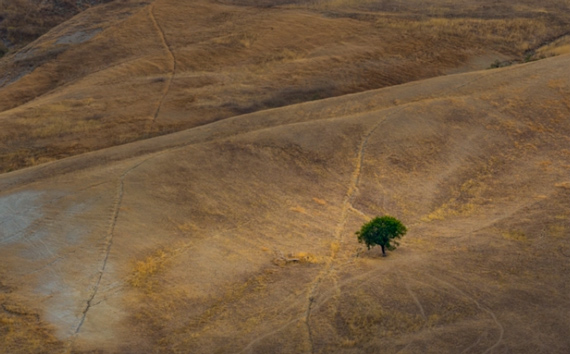
5. Use Leading Lines
Leading lines are one of the most basic yet very powerful composition elements that every photographer should know and use. As Banciu demonstrates, by using simple environmental elements, such as a tree root, a walking trail, river, or a wall, you can create a line that directly leads the viewer to your main subject. You can also improvise on the leading lines by looking for converging lines (i.e. multiple leading lines converging at the main subject).
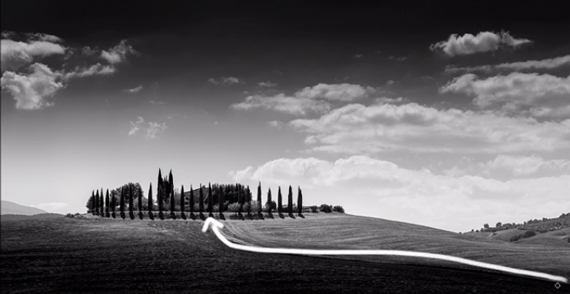
6. Go From Left to Right
Since the majority of the world population tends to write from left to the right, it’s their tendency to view photographs in a similar way —from the left to the right. You can make use of this behavior by composing your landscape photo so that the main subject is placed toward the right hand side. In this case, you can use your leading lines to start from the left and point toward the right at the subject.
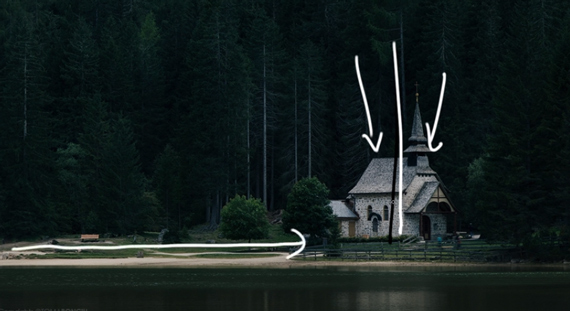
7. Add Depth to Your Photos
No, you do not add depth to your photos by just narrowing down your aperture. What Banciu suggests is to create a sensation of depth by including a foreground element as well as a background element. By having a variation in color, pattern, or lighting conditions between the foreground and the background element, you can make your composition pop even more.
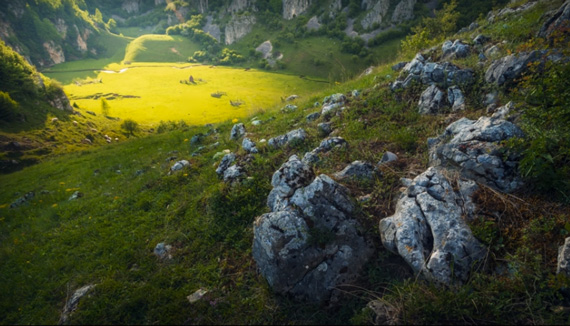
8. Select Your Viewpoint Wisely
Be wary of the landscapes around you and the consider the various perspectives you can get by either shooting low, from the eye-level, or from the top. Your perspective can determine how the subject will look in the photograph.
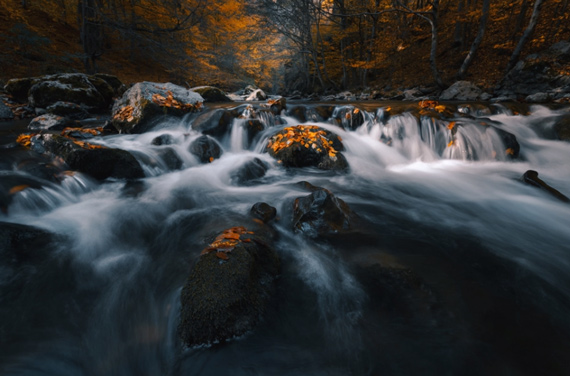
9. Zig zag
By zig zag, Banciu refers to multiple leading lines with breaking points. By using zig zag lines, you can drive the viewers’ eyes from one side to the other to and fro and finally toward the subject. This type of composition really engages the viewer.
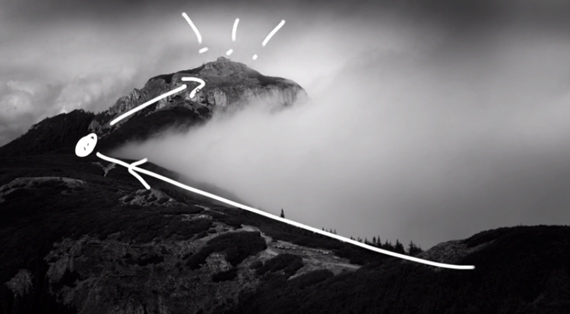
Bancui has shared some of the simplest, easy to understand and yet very effective tips for landscape photography. Grasping all of them at once can be overwhelming for sure, so try to get a hold of a few of them and practice until you’re comfortable. But don’t blindly stick to them as if they were “rules.” Play around with them and try to improvise on them if you can.
Go to full article: Landscape Photography: 9 Composition Tips
What are your thoughts on this article? Join the discussion on Facebook
PictureCorrect subscribers can also learn more today with our #1 bestseller: The Photography Tutorial eBook
The post Landscape Photography: 9 Composition Tips appeared first on PictureCorrect.
from PictureCorrect https://ift.tt/2KApcNP
via IFTTT








0 comments:
Post a Comment